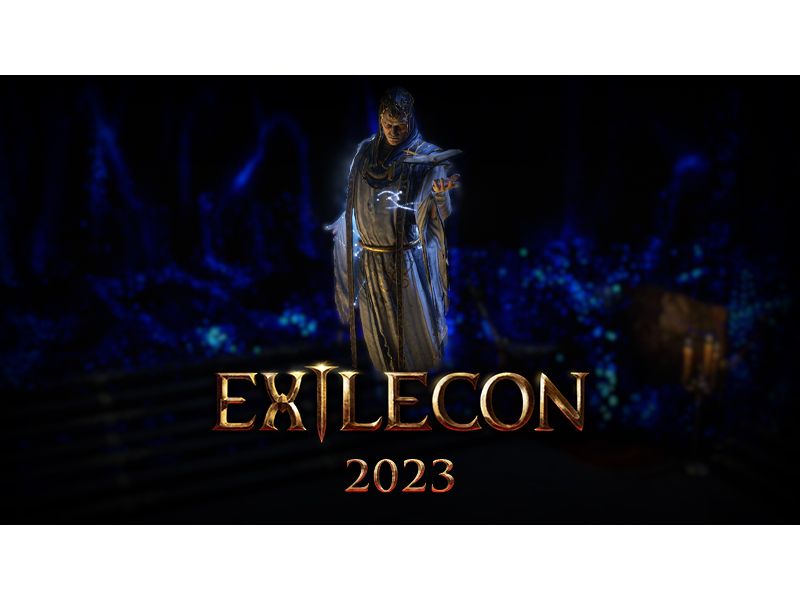It’s no industry secret that Bethesda would have the worst engine in said industry if not for the fact the Frostbite Engine exists. That is an entirely different nightmare scenario. That being said, the Creation Engine isn’t without its merits. The engine allows for the creation of terrain to be relatively easy and is one of the industry’s one of most mod-friendly engines. Yet except for a few minor benefits, that’s where the engine’s pros end.
It pales in comparison in nearly all other regards. Even proving exceedingly difficult to incorporate new features and mechanics into the game with everything else. With Fallout: Frontier, it took an elite team of scripters to do what Bethesda had long struggled to: get vehicles working. Obsidian, the makers of the base game, have discussed on multiple occasions https://www.eurogamer.net/articles/2017-09-12-fallout-new-vegas-was-once-fallout-sin-city-and-had-three-playable-races the various mechanics they would have liked to incorporate into the game, which included playable ghouls and super mutant races. Bethesda shot the idea down due to the technical limitations of the engine. A theme that would impact a lot of Obsidian’s ideas for New Vegas.
“It really had to do with how all the weapons and armour worked. Trying to have them all work with ghouls and super-mutants was just going to be – Bethesda felt like it was going to be a nightmare. It wasn’t like they said no but it was a very strongly worded, “We would really suggest that you not try to do that.””
By Fallout 4’s time, it was apparent the company needed a new engine. Even in-house developers appear to agree so. if there is any deeper meta meaning behind a log entry found in Nuka World talking about how outdated and broken many of the park’s systems are and how poor management’s investigations are.
Fallout 76 was the final nail in the coffin for the Creation Engine. Despite being a glorified multiplayer mod, the game launched with increasingly unstable performance, numerous bugs, and missing features that its defenders claim are now present. Many wondered why that game even existed or why Bethesda was cutting so many corners and not upgrading. The answer to that was that the owners of Zenimax wanted out of the gaming industry. They were attempting to position Bethesda to appear as valuable as possible, so decisions to produce more GaaS titles and use more GaaS mechanics crept into nearly all their products, and costs were cut wherever possible.
Microsoft’s acquisition should tame and reduce a lot of the prior mismanagement of the company. Still, even before the acquisition, management finally caved and began a major overhaul of the Creation Engine.
Before this effort, the engine development team was not a significant focus for the company, but that changed with a flurry of new hires dedicated to overhauling the engine, bringing it in line with industry standards, and improving workflow. Procedural Generation Tools are one such major improvement.
A reality of game design is the production of ever-expansive worlds is a very time-consuming process. Procedural generation tools allow for even small studies to create vibrant and colorful worlds without needing hundreds of developers. These tools have the engine take assets, textures, and instructions, and using these generate dynamic terrain that developers can go into and fine-tune with customized assets, events, etc.
Every player will get the same world as this will not create randomly generated worlds for every player, so don’t expect Starfield or Elder Scrolls 6 to be like Daggerfall. Despite how that would probably be pretty epic.
Procedural generation technology is hardly new. Far Cry 2 utilized a similar system to generate its world and was lauded as being considerably advanced for its time for doing so. The Sunken City utilized procedural generation to render the entire city before artists went in and added custom touches and improvements to various districts. Eve Online, a game where players can buy ISK to boost their performance, utilized procedural generation to help create their universe.
Players shouldn’t expect Bethesda’s designs to change though radically. The engine’s overhaul will bring it in line with industry standards when it comes to animation, graphics, and hopefully, fewer bugs. Yet the core design philosophy that includes randomized content will remain.
Since Bethesda introduced randomized content with the radiant quest system, the mechanic has caught on throughout the industry. World of Warcraft is one such game that introduced a bevy of randomly generated quests to grind through to extend the length of the game and increase the player’s capacity to level up.
Doing the same quests with no impact on the overall game world becomes tedious fast, so many players opt to buy WoW Gold or just say screw it and buy entire WoW accounts and skip the grind entirely.
We’ll know more of Bethesda’s improvements to their radiant system as Star Field nears release. At the very least, a connection between the quest and the world state would be a welcomed improvement over a pittance of money and









